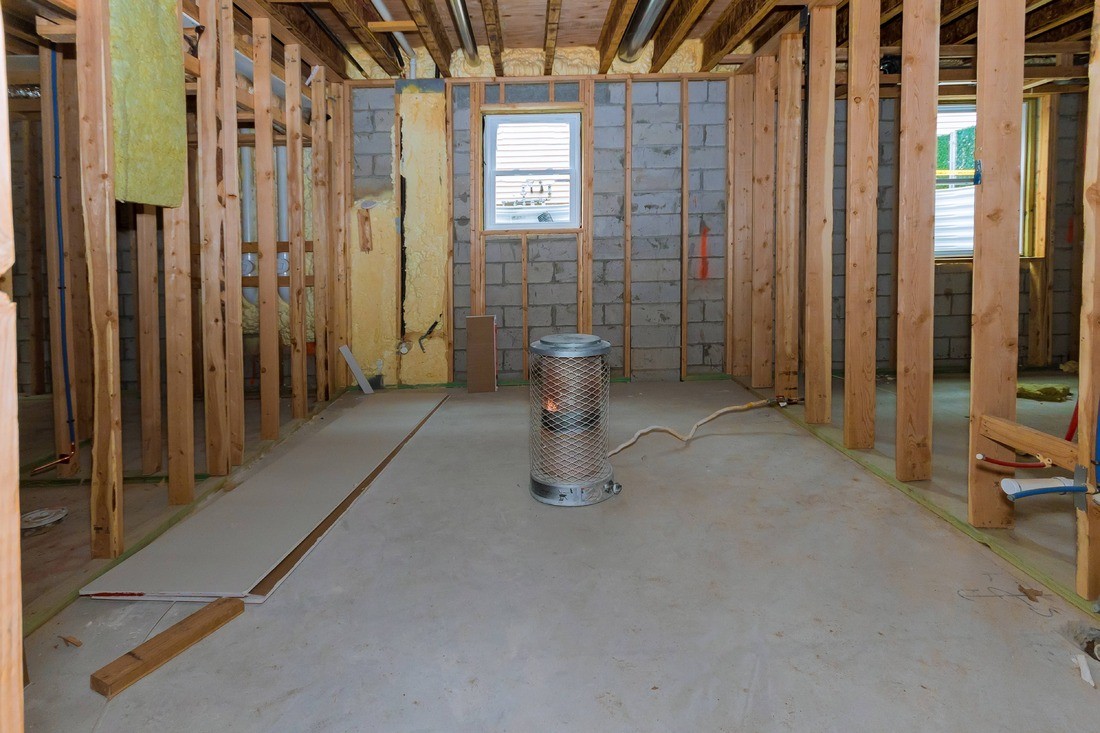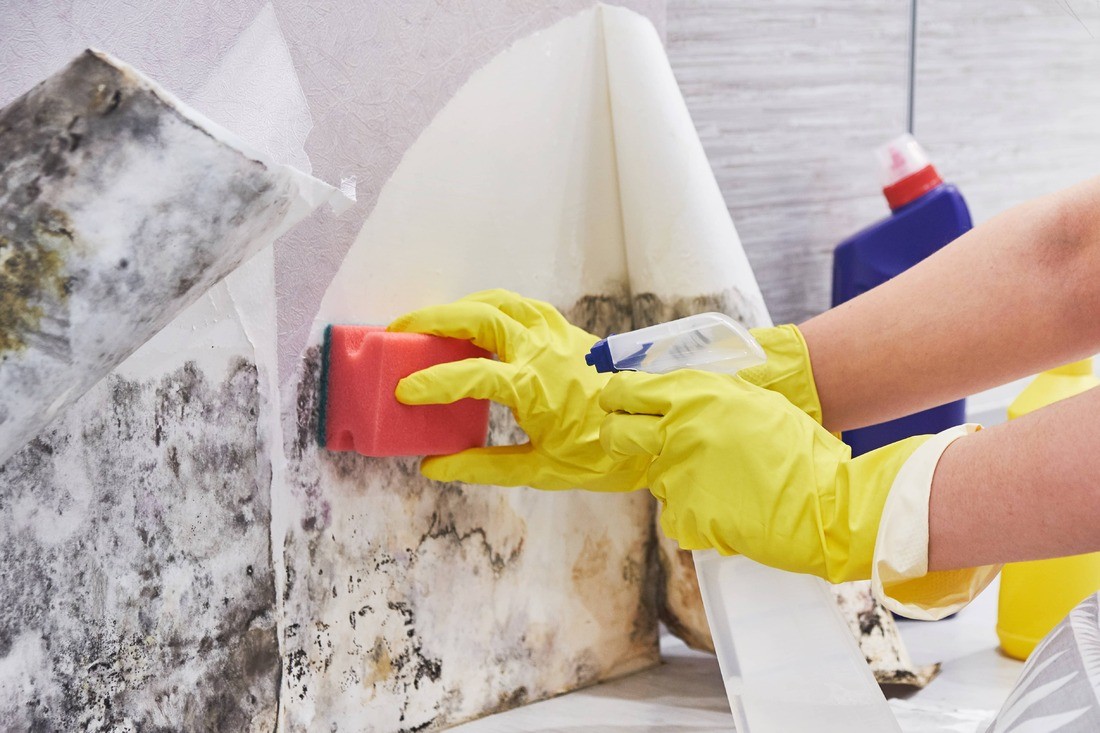
Introduction
Water damage can occur unexpectedly and cause significant harm to your property. Whether it’s a burst pipe, a leaky roof, or a flooded basement, having a plan in place to address water damage emergencies is crucial. A well-defined water damage emergency action plan can help you minimize the damage, ensure the safety of occupants, and streamline the restoration process.
Understanding Water Damage

Before creating an emergency action plan, it’s important to understand the different types and categories of water damage. Water damage can be classified into three types: clean water, gray water, and black water. Clean water is typically sourced from broken pipes or overflowing sinks, and it poses minimal health risks. Gray water contains contaminants and may come from appliances or toilets. Black water is highly contaminated and may contain pathogens, sewage, or chemicals.
Additionally, water damage can be categorized into four classes based on the extent of the damage and evaporation rate. Class 1 involves minimal water absorption and affects only a small area. Class 2 involves a higher level of water absorption and affects a larger area. Class 3 involves significant saturation of walls, carpets, and furniture. Class 4 involves deep saturation and may require specialized drying techniques.
The Importance of a Water Damage Emergency Action Plan
Having a water damage emergency action plan offers several benefits:
1. Quick Response

By having a clear plan in place, you can respond promptly to a water damage emergency. This can help prevent further damage and minimize the overall cost of restoration. A quick response can also reduce the potential for mold growth and secondary damage.
2. Ensuring Safety
An emergency action plan should prioritize the safety of occupants. It should outline evacuation procedures, identify potential hazards, and provide guidelines for dealing with electrical and structural issues. Proper safety measures can prevent injuries during the emergency response process.
3. Effective Communication
A well-crafted emergency action plan ensures effective communication between all parties involved in the restoration process. It establishes clear lines of communication, identifies key contacts, and provides instructions for reporting and documenting the damage.
4. Streamlined Restoration Process
An emergency action plan helps streamline the restoration process by outlining the necessary steps and tasks. This can help restoration professionals quickly assess the damage, determine the required equipment and resources, and initiate the restoration process.
Creating a Water Damage Emergency Action Plan
When creating a water damage emergency action plan, consider the following key elements:
1. Assessment and Prevention
Conduct a thorough assessment of your property to identify potential water damage risks. This includes checking for leaky pipes, vulnerable areas prone to flooding, and areas at risk of moisture buildup. Implement preventive measures such as regular maintenance, installing water detection devices, and insulating exposed pipes.
2. Clear Roles and Responsibilities
Define clear roles and responsibilities for each individual involved in the emergency response and restoration process. Assign tasks such as shutting off the main water supply, contacting the restoration company, documenting the damage, and ensuring the safety of occupants. Regularly review and update these roles and responsibilities based on changes in personnel or property layout.
3. Emergency Contacts
Compile a list of emergency contacts that include the restoration company, insurance provider, utility companies, and any other relevant parties. Include their contact information, 24/7 availability, and any specific instructions for contacting them during an emergency.
4. Evacuation Procedures
Outline evacuation procedures in case the water damage poses an immediate threat to occupants’ safety. Specify evacuation routes, assembly points, and any special considerations for individuals with mobility issues or disabilities. Regularly practice evacuation drills to ensure everyone is familiar with the procedures.
5. Documentation and Reporting
Create a standardized process for documenting and reporting water damage incidents. This includes capturing photographs or videos of the damage, recording important details such as date and time, and collecting any relevant documents or receipts for insurance purposes. Designate a specific individual responsible for documenting and reporting.
6. Communication Plan
Establish a clear communication plan to ensure effective and efficient coordination among all parties involved. This includes defining communication channels, specifying reporting intervals, and outlining how to disseminate important updates and information.
7. Regular Plan Review and Updates
Regularly review and update your water damage emergency action plan to reflect changes in personnel, property layout, or emergency response best practices. Conduct training sessions or educational sessions with all involved individuals to ensure everyone is familiar with the plan.
JGW Group Water Damage Restoration: Your Partner in Water Damage Cleanup
When it comes to water damage restoration, trust JGW Group Water Damage Restoration to provide professional and reliable services. As experts in flooded basement cleanup, water extraction services, mold remediation, and emergency water damage repair, JGW Group Water Damage Restoration has the knowledge, experience, and resources to handle any water-related emergencies. Contact us 24/7 for immediate assistance.
JGW Group Water Damage Restoration
About JGW Group Water Damage Restoration



